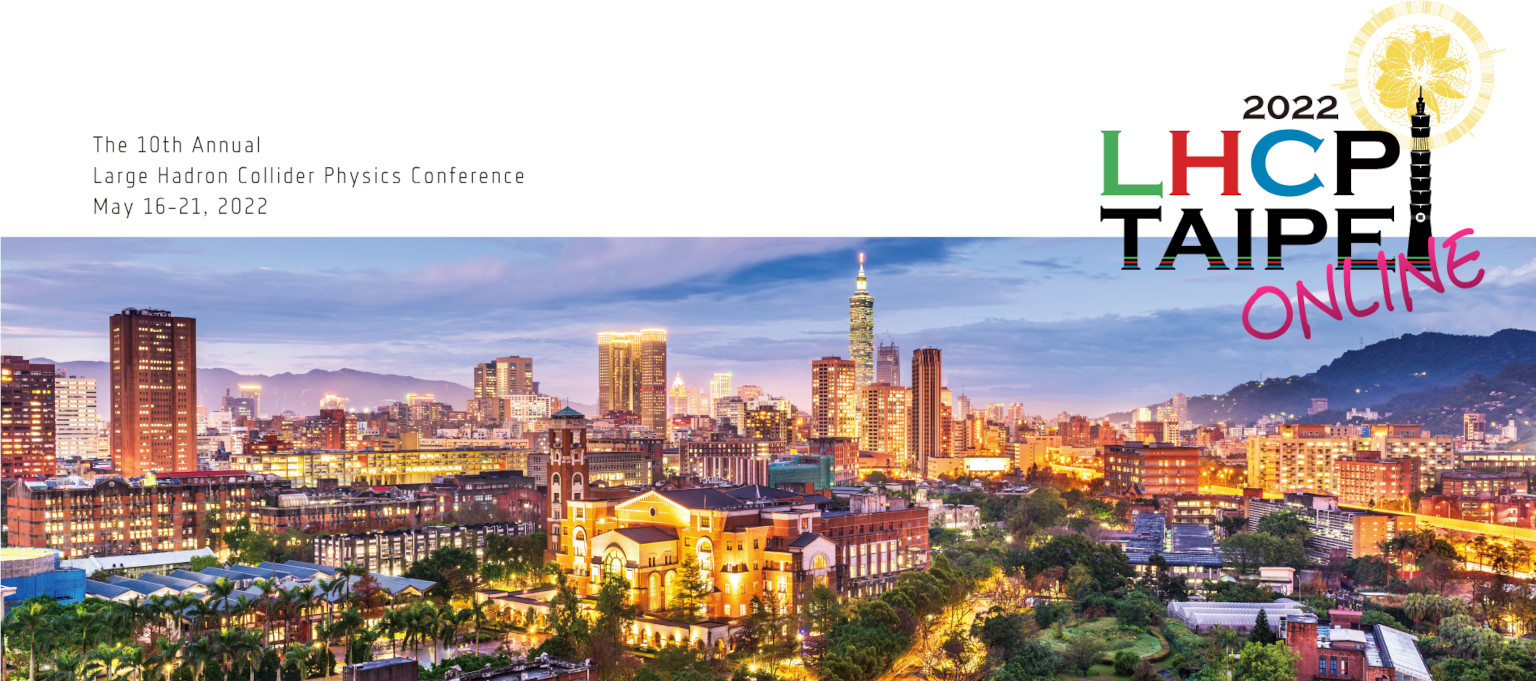Speaker
Description
In the Standard Model (SM), the $b \to s$ and $b \to d$ flavor-changing neutral currents (FCNC), being loop-induced, are standard experimental channels for testing the SM precisely and searching for possible physics beyond the SM. Purely annihilation decays of $B$-mesons are of significant interest as in the SM they are extremely suppressed and New Physics effects can increase substantially their decay widths. Radiative and semileptonic decays with the $\phi$-meson production, being a subject of experimental searches at the LHC and KEKB, are typical examples of annihilation-type processes. One of the well-known experimental results on these decays is the upper limit on the radiative decay, ${\cal B} (B^0 \to \phi \gamma) < 10^{-7}$, obtained by the Belle collaboration in 2016 [Z. King, et al., Belle Collab., Phys. Rev. D. (2016) 93]. Early this year, the LHCb collaboration obtained the upper limit on its semileptonic counterpart, ${\cal B} (B^0 \to \phi \mu^+ \mu^-) < 3.2 \times 10^{-9}$ [R. Aaij, et al., LHCb Collab., arxiv:2201.10167]. Here, we consider the annihilation-type semileptonic $B^0 \to \phi \ell^+ \ell^-$ decay, where $\ell$ is a charged lepton, and present SM theoretical predictions for the branching fraction based on the effective electroweak Hamiltonian approach for the $b \to d \ell^+ \ell^-$ transitions.
